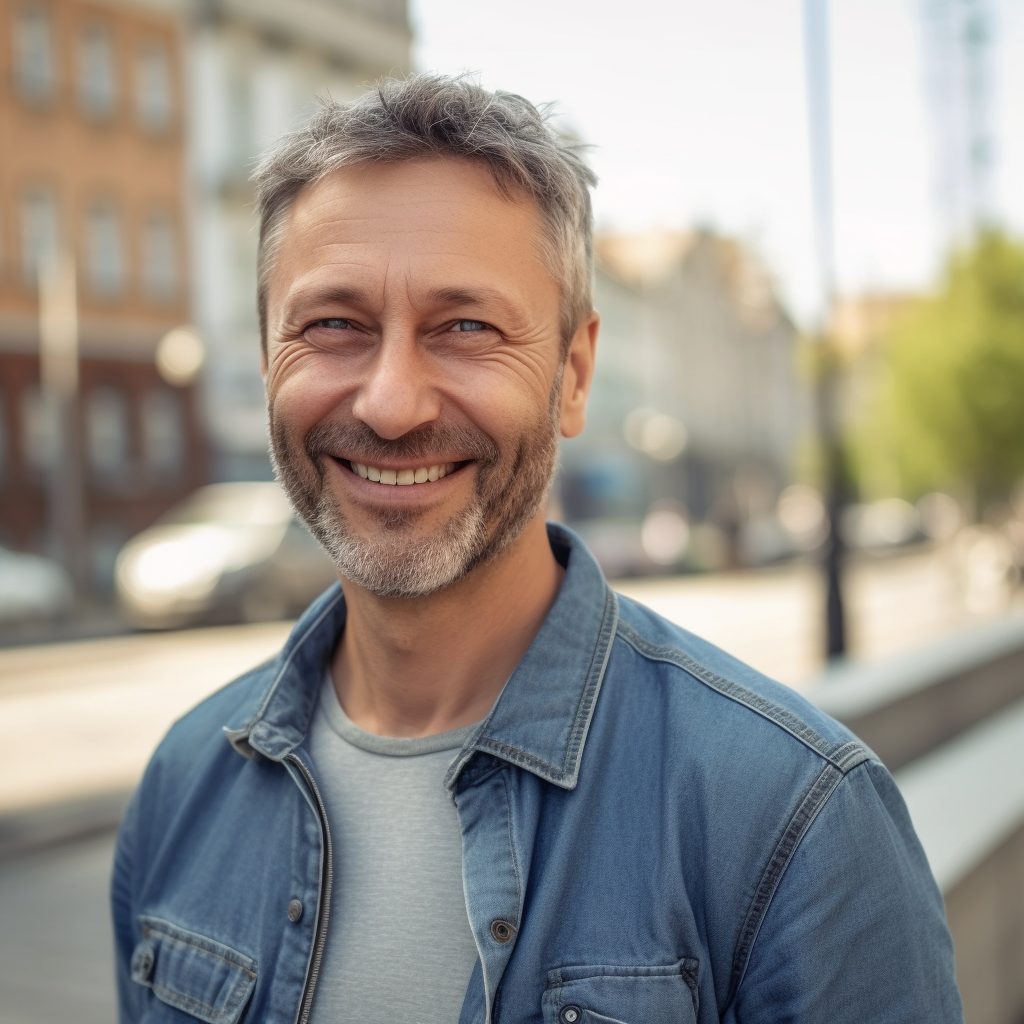The Fall of the Soviet Union Through the Eyes of Youth
In the winter of 1991, a generation of young people across the vast territory of the Soviet Union watched a world unravel. One day, they were citizens of a superpower; the next, they belonged to 15 different countries. For many adults, the fall of the USSR marked the end of an era shaped by Cold War politics, state control, and ideology. But for the youth—schoolchildren, university students, young workers—it was both more confusing and more hopeful. Their memories, often overlooked in official histories, offer a unique lens into one of the most dramatic collapses of the 20th century.
Setting the Stage – A Generation on the Edge of Change
By the late 1980s, young people in the Soviet Union were growing up in a society defined by tension and contradiction. On one hand, Soviet education systems instilled patriotism and belief in socialist ideals. On the other, cracks in the system were increasingly visible. Shortages plagued stores, the war in Afghanistan had drained morale, and whispers of Western lifestyles sparked curiosity.
With Mikhail Gorbachev’s reforms—glasnost (openness) and perestroika (restructuring)—the walls of censorship and central planning began to crumble. Youth magazines began printing controversial topics. Western music and jeans became symbols of quiet rebellion. A 17-year-old student from Leningrad (now St. Petersburg), Yulia, later recalled:
“There was a sense that we were on the edge of something… You could feel freedom in the air, but nobody knew what it would look like.”
Timeline of Key Events (1985–1991)
1985 – Gorbachev’s Rise to Power
At just 54, Mikhail Gorbachev becomes General Secretary of the Communist Party. He promises reform to revive the Soviet economy and improve relations with the West.
1986 – Chernobyl and the Limits of Secrecy
The Chernobyl disaster becomes a defining moment for young Soviets. Many recall learning of the explosion days later, through foreign broadcasts.
“We were playing outside when my mother pulled me in and told me not to touch the grass. That’s how I learned something was wrong.” —Andrei, then 12, Kyiv.
The state’s slow response shatters trust in official information, especially among youth.
1988–1989 – New Voices and New Realities
Gorbachev allows multi-candidate elections and loosens restrictions on the press. Youth publications like Komsomolskaya Pravda publish stories about Stalinist purges and gulags. The Berlin Wall falls in 1989, signaling a domino effect across the Eastern Bloc.
1990 – Republics Seek Independence
Baltic states and others begin declaring sovereignty. Russian youth increasingly see themselves not as “Soviet” but as part of new, distinct national identities.
In Vilnius, a 19-year-old Lithuanian student named Tomas joined human chains for independence:
“We were singing folk songs and holding hands. It felt like reclaiming our future.”
August 1991 – The Coup and the Collapse
A group of hardline Communists attempt a coup against Gorbachev. Tanks roll into Moscow, but are stopped by civilians and reformist leaders like Boris Yeltsin. Students are among the first to fill the streets.
“We skipped class to go to the barricades. We had no weapons—just music, signs, and each other.” — Oleg, then a Moscow university student.
The coup fails. Days later, Gorbachev resigns as party secretary. The Communist Party is suspended.
December 1991 – The End
On December 25, Gorbachev formally resigns as President of the USSR. The next day, the Supreme Soviet votes to dissolve the Union. The red flag is lowered from the Kremlin.
Young Lives in Transition
The fall of the Soviet Union was not a single event but a lived transformation. Young people experienced it in the form of:
- School textbooks being rewritten mid-year
- TV programs suddenly changing tone or language
- Identity confusion, especially for those born in multi-ethnic families or border regions
- Economic chaos, as families lost state-provided jobs and subsidies
For some, the transition brought opportunity. Many students embraced market reforms and the influx of Western culture. For others, it meant uncertainty and loss.
In rural Kazakhstan, 16-year-old Aigerim watched her father’s tractor cooperative dissolve overnight:
“He went from being respected to unemployed. I remember wondering if we were still part of a country.”
In Estonia, students began learning in Estonian instead of Russian, a shift that left some feeling liberated—and others marginalized.
Memory and Legacy: How Youth Remember the Collapse
Today, the generation that experienced the Soviet collapse as teenagers are in their 40s and 50s. Their memories are complex, often shaped by where they lived and what followed.
In Russia, nostalgia for the stability of the USSR coexists with pride in the freedoms gained. In the Baltic states and parts of Ukraine and Georgia, the collapse is remembered as liberation from occupation.
Recent oral history projects, such as “Soviet Childhoods” and “The Last Soviet Generation” (Alexei Yurchak), have begun documenting these personal accounts. They reveal a common thread: the sense of standing on uncertain ground, between two worlds.
“It felt like history was happening every morning. But nobody gave us a map.” — Natalia, 17 in 1991, Tashkent.
Conclusion
The fall of the Soviet Union is often told through the lens of geopolitics, nuclear arms, and party politics. But to fully understand the impact, we must also listen to the young people who lived through it. Their testimonies show not just how a superpower collapsed, but how identities were reshaped, futures reimagined, and freedom both embraced and feared.
Their stories are not just echoes of the past—they are the living memory of a world transformed, told by those who watched it fall while still learning who they were.

